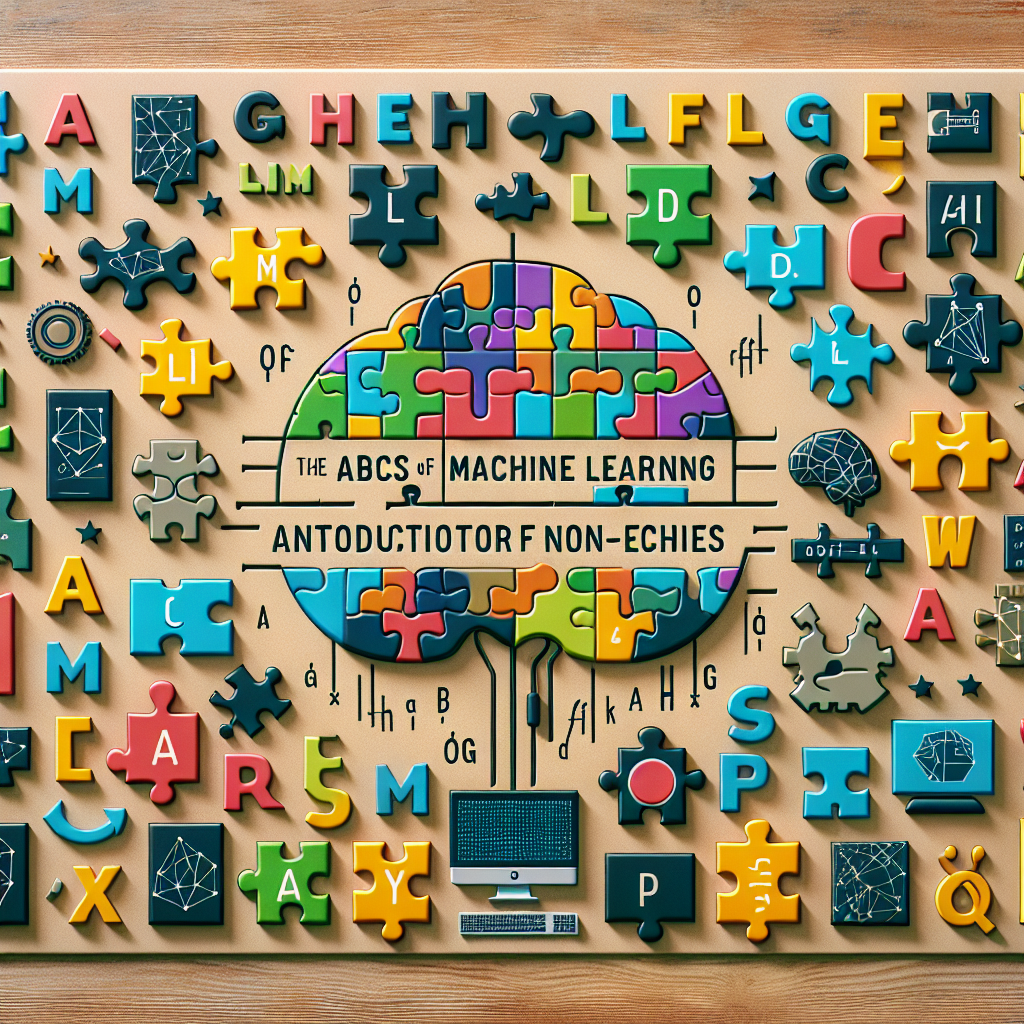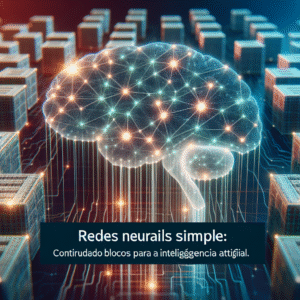Machine learning (ML) has become one of the most talked-about technologies today, influencing various sectors such as healthcare, finance, and even entertainment. But what exactly is machine learning? For those without a technical background, understanding this complex field may seem daunting. However, at its core, machine learning is about teaching computers to learn from data in order to make decisions or predictions. Here’s a simple guide to understanding the ABCs of machine learning.
A is for Algorithms
An algorithm in the context of machine learning is simply a set of rules or instructions that a computer follows to solve a problem. In traditional programming, a programmer writes specific instructions for every task. However, in machine learning, the algorithm is designed to look for patterns in data and make decisions based on those patterns.
Types of Algorithms:
-
Supervised Learning: Involves training a model on a labeled dataset, where the algorithm learns to make predictions based on pre-existing input-output pairs. Think of it like teaching a child to identify fruits by showing them examples of apples, bananas, etc., and naming each one.
-
Unsupervised Learning: Here, the model learns from an unlabeled dataset, trying to identify patterns or groupings. It’s akin to giving a child a basket of mixed fruits and asking them to sort them into categories without telling them which is which.
- Reinforcement Learning: This is about learning through trial and error, similar to how people learn from mistakes. An algorithm receives rewards or penalties and evolves to maximize the reward.
B is for Big Data
Machine learning thrives on data. The more data you provide, the better the model can learn and make predictions. This explosion of data, known as "Big Data," has been a significant driving force behind machine learning advances. Big Data refers to incredibly large datasets that require advanced processing techniques. Three main characteristics define Big Data:
-
Volume: The sheer amount of data generated through various sources like social media, sensors, and transactions.
-
Velocity: The speed at which this data is generated and needs to be processed.
- Variety: The different types of data available, including text, images, video, etc.
Understanding these characteristics is crucial, as the quality and quantity of data can significantly impact the performance of a machine learning model.
C is for Classification and Clustering
Classification and clustering are two key types of problems that machine learning algorithms are designed to solve.
Classification:
- Involves predicting a label or category for a given input. It is a type of supervised learning. For instance, an email spam filter classifies incoming emails as either "Spam" or "Not Spam."
Clustering:
- A form of unsupervised learning where the goal is to group a set of objects in such a way that objects in the same group are more similar to each other than to those in other groups. For instance, a marketing team might use clustering to segment customers into different groups based on purchasing behavior.
D is for Deep Learning
Deep learning is a subset of machine learning that works with neural networks, inspired by the human brain’s architecture. These networks are made up of layers of interconnected "neurons" that process data. Deep learning is especially useful for dealing with unstructured data such as images, audio, and text.
Applications of Deep Learning:
-
Image Recognition: Used in applications ranging from Facebook’s photo tagging system to medical diagnosis tools analyzing X-rays and MRIs.
-
Natural Language Processing (NLP): Helps in translation services, sentiment analysis, and virtual assistants like Siri or Alexa to understand and respond to human language.
- Autonomous Vehicles: Deep learning aids in tasks like object identification and decision-making processes required for self-driving cars.
E is for Ethics
As with any powerful technology, machine learning brings with it ethical considerations. It’s essential to use ML responsibly to avoid bias, discrimination, and breaches of privacy.
-
Bias: Algorithms can unintentionally perpetuate biases present in the training data. This is why it’s crucial to use diverse and representative data and continuously evaluate ML models for fairness.
- Privacy: The handling of sensitive data requires adherence to strict privacy regulations to protect individual identities and information.
Ensuring ethical use of machine learning includes accountability mechanisms and frameworks to guide its development and deployment.
F is for Future
The future of machine learning holds exciting potentials and challenges. As machines become more intelligent, the possibilities seem endless:
-
Healthcare: ML can revolutionize patient diagnostics, personalize treatment plans, and streamline administrative processes.
-
Education: Personalized learning experiences can be developed using ML to cater to individual student needs.
- Environment: Machine learning can contribute to sustainability efforts by optimizing resource use and enhancing climate modeling capabilities.
However, alongside these opportunities, there will be challenges such as ensuring transparency in AI decisions and addressing the ethical dilemmas inherent in this rapidly advancing field.
G is for Getting Started
For non-techies interested in diving deeper into machine learning, there are plenty of resources available to get started:
-
Online Courses: Platforms like Coursera and edX offer courses tailored to beginners.
-
Books: Read introductory books on machine learning that use simple language and examples.
- Communities: Join online forums and groups where beginners share experiences and resources.
The key is to remain curious and open-minded. The landscape of machine learning is broad and continually evolving, but with a little perseverance, anyone can gain a basic understanding of how it works and its potential impact on the world.
In conclusion, machine learning is a transformative technology with applications that permeate every aspect of modern life. By understanding the essentials — from algorithms and big data to ethical considerations — non-techies can appreciate its significance and potential. The journey into machine learning doesn’t require a technical background, just an eagerness to learn about how this fascinating field shapes our future.




